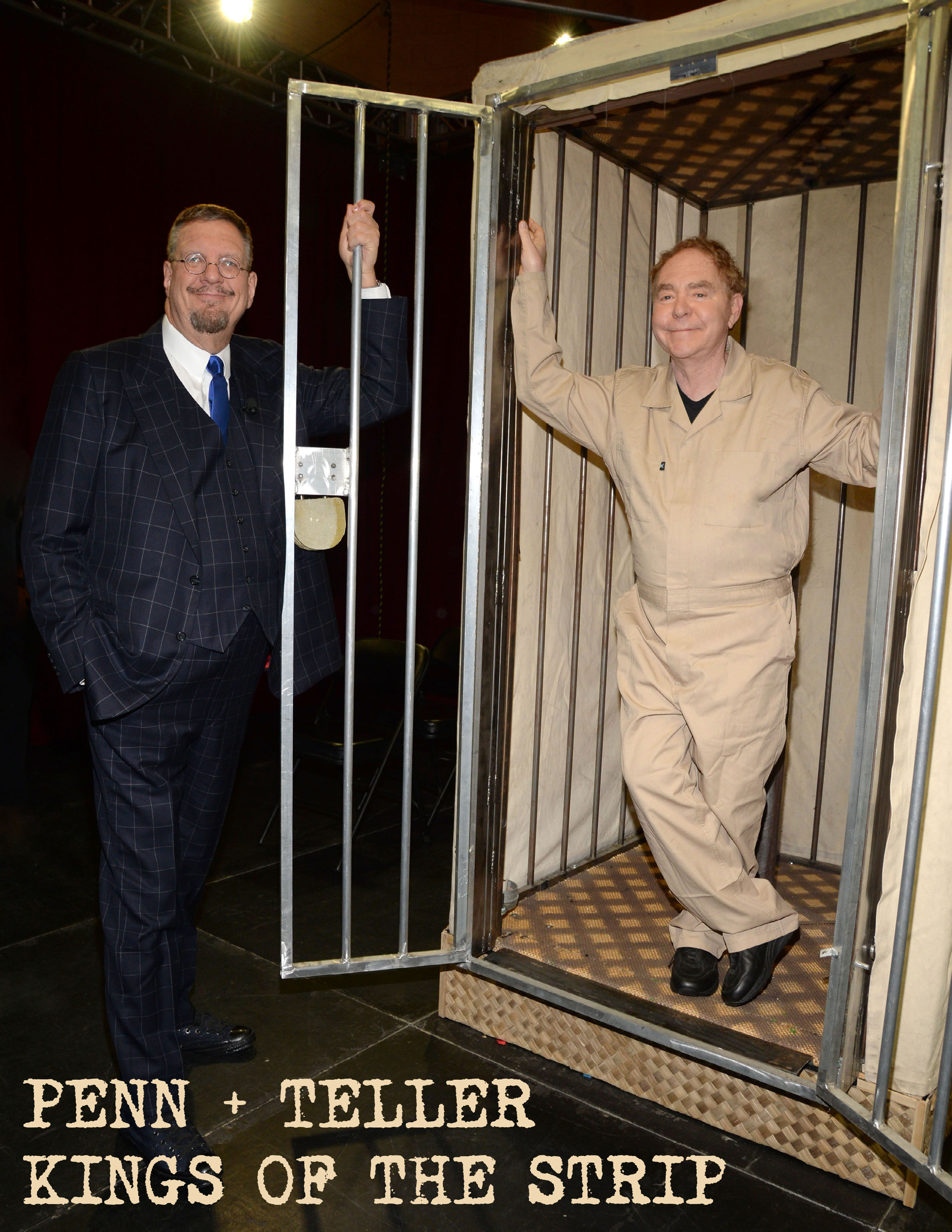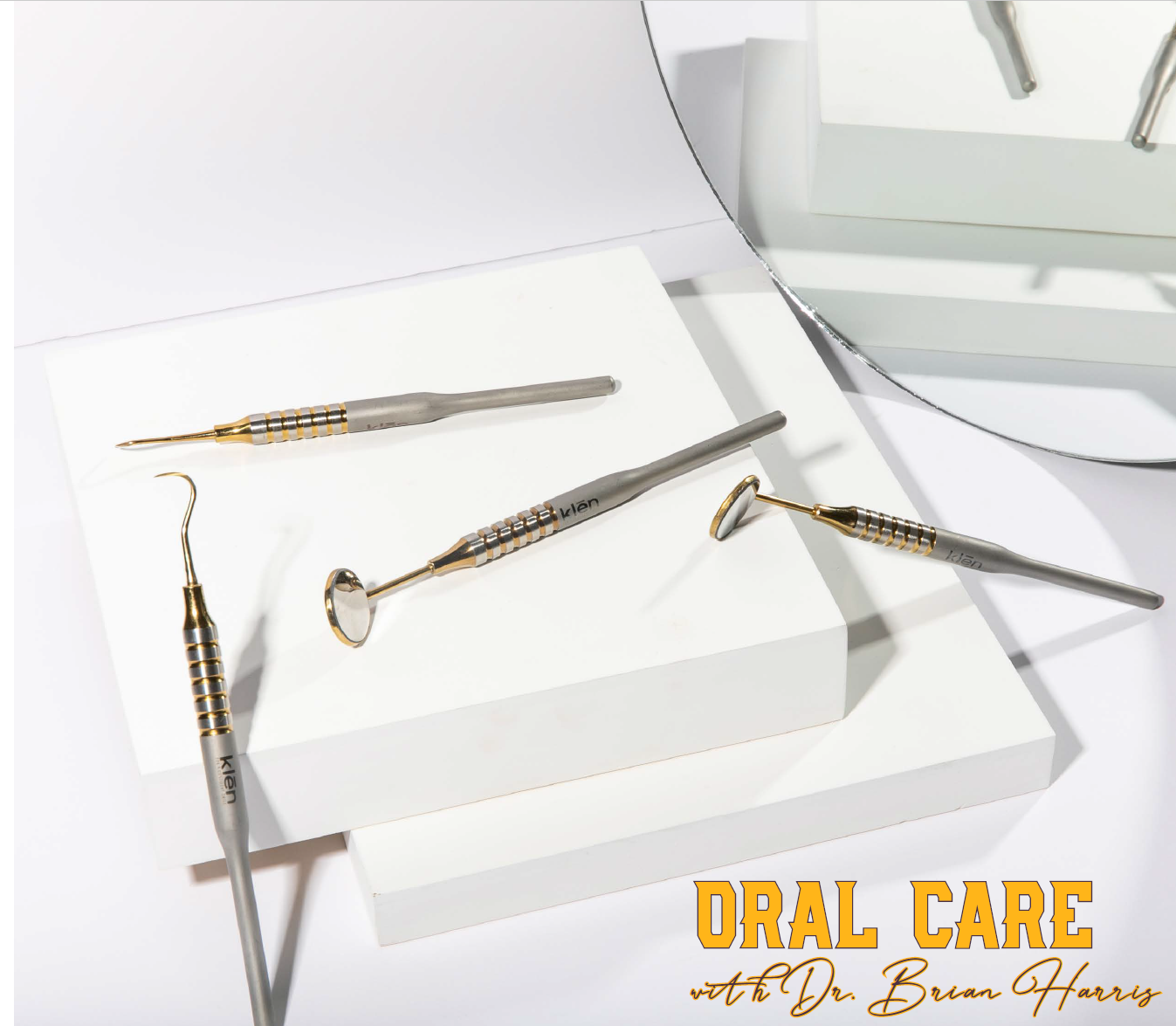Staying active is crucial for overall wellness and as a way of staying healthy. For many adults and children, sports are the ideal way to keep fit and maintain social skills. With athletics comes the potential for injuries. In some instances, after an injury has healed, there can be a flare-up.
Sporting injuries happen regardless of how often you play. Whether it's an occasional hobby or you engage on a professional level, getting hurt is a possibility. Injuries typically affect the bones, muscles, or tissues, including tendons, ligaments, and cartilage. Participation in proper strengthening, stretching, and training sessions are vital components when participating in any activity as a means to prevent injury.
It's crucial to have a trained professional properly condition you before you take part in any event. If you develop an injury adequate care with a physical therapy treatment program at a clinic, visit https://www.libertyptnj.com, will get you back in the game stronger and more knowledgeable on safe play.
Injuries Associated With Sports Treated Using Physical Therapy
Among the typical injuries associated with sports are those caused by overuse, such as tennis elbow for players who stress their forearm muscles repeatedly. Running causes ultimately more casualties than any activity as it is a staple for nearly all sporting events. It involves muscles in the body from the feet leading to the neck, with a majority of the strain put on the leg muscles. Learning prevention and methods of treatment will limit the occurrence. Here are some of the more common issues faced by enthusiasts.
More than half of the reported problems that people relay relates to the knee, such as 'runner's knee' which encompasses a majority of the pains/aches involving the kneecap. It defines as a kneecap 'misalignment' where the knee pulls to the side, rubbing the groove as it flexes or straightens, causing it to wear the cartilage and, in some instances developing fluid resulting in swelling. The issue affects any athlete, not only those who are runners.
Prevention through quadriceps strengthening and the use of footwear that provides the proper support will keep the kneecap in alignment within the center of the groove. Quadriceps stretch and massage are types of physical therapy treatment for this condition, which results in the muscle fibers stretching and alleviating the kneecap from pulling up. Also, the use of anti-inflammatories and ice may be of benefit.
The shoulder is an extremely fragile part of the body, making up quite a few problems for the sporting arena. The rotator cuff muscles hold together the shoulder bones and promote the fine movement. For sports where throwing/hitting are the primary focus, such as tennis, volleyball, baseball, golf, and so on, in addition to swimming and weight training, the shoulder joint has continual stress, and the rotator cuff muscles stretch. When these muscles stretch, the joint head loosens in the socket.
If the arm raises, the biceps tendon has the potential to catch between the ball and socket, resulting in shoulder impingement and tendon inflammation. Rotator cuff strengthening allows the joint to stay in the socket for the prevention of this issue.
The Achilles deems the largest tendon in the body connecting the calf muscles to the heel bone and is the reason that the heel can lift off the ground. When there is tendon overuse, it has the potential for tendonitis and inflammation, particularly with sports where jumping or running is the concentration, including basketball or skiing. The Achilles can tear with excessive pronation of the foot and ankle with subsequent pain described along the lines of a gunshot wound.
Treatment can include rest, ice, compression, and elevation, anti-inflammatories, stretching with tears having the possibility of surgical repair. Strengthening the muscles, including the quadriceps, hamstrings, and glutes, will assist with prevention.
With the proper course of physical therapy in treating these types of injuries, education and advice provided will aid in preventing recurrence or flare-up of the injury or condition. Stretching and strengthening exercises taught during the course of treatment will assist the sport enthusiast in understanding safe body mechanics. Check this information on PT helping with those in the sporting arena suffering casualties.
Athletes should always prepare for their events with an adequate warm-up routine, including stretching exercises before engaging. If you want to sign on for an athletic event, ensure that there is sufficient training from an expert, so you learn the precise techniques.












